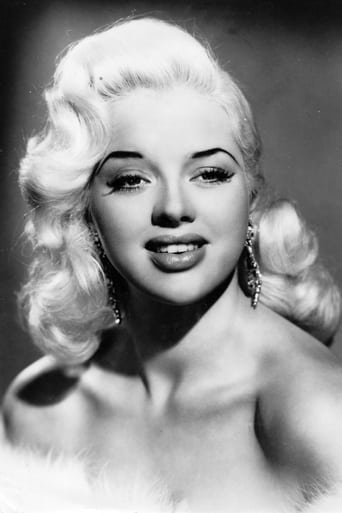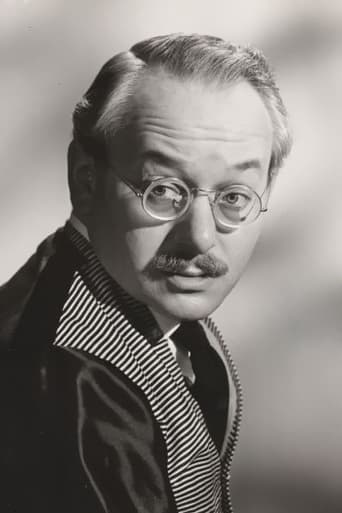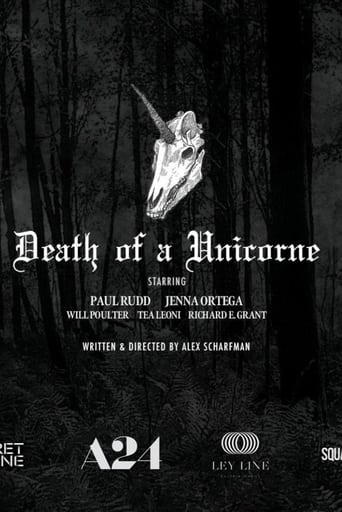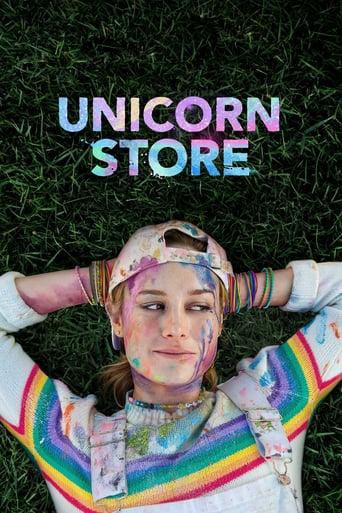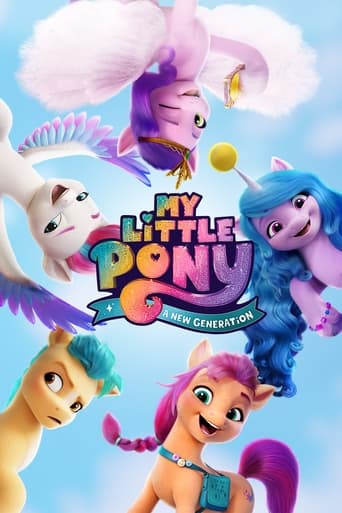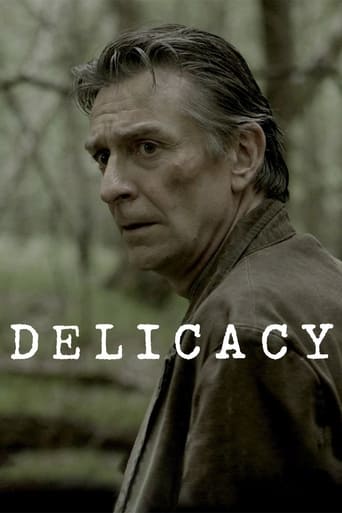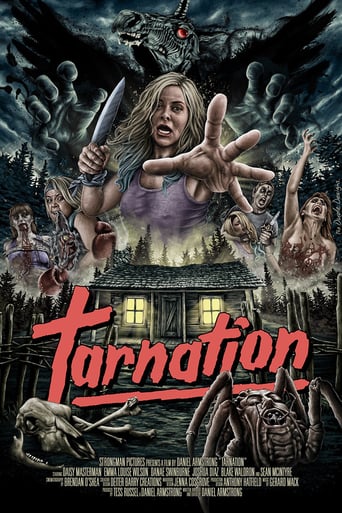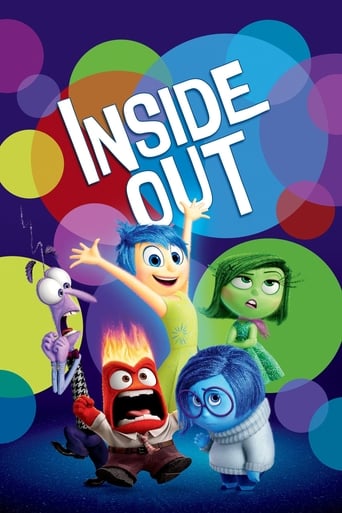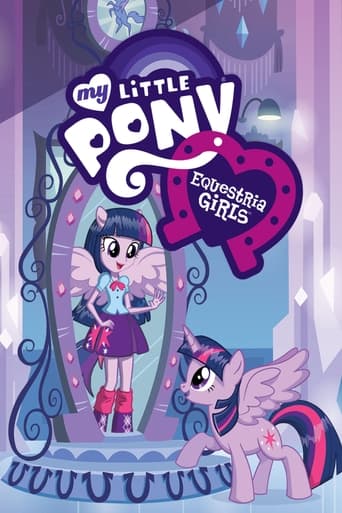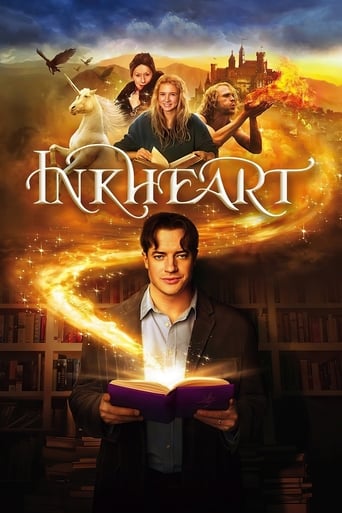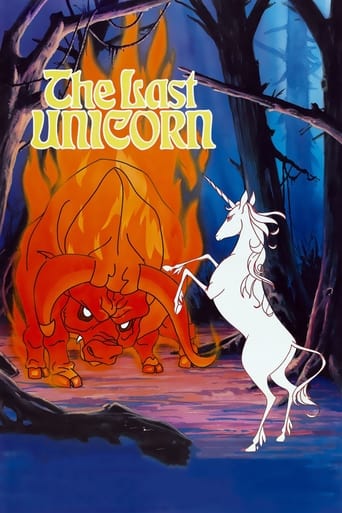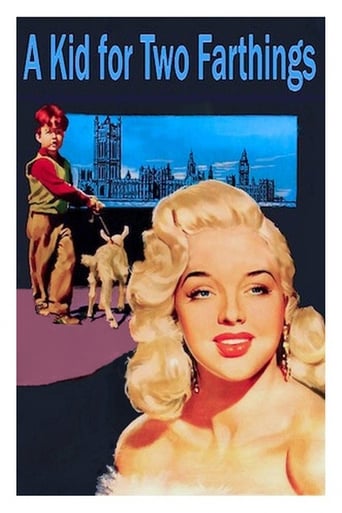
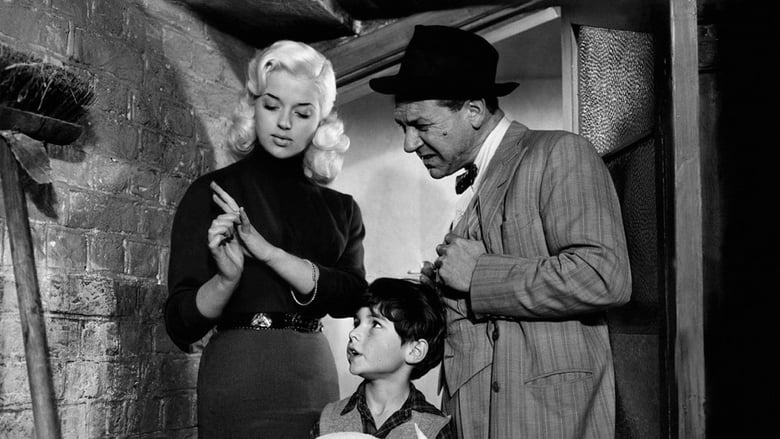
A Kid for Two Farthings (1956)
Joe is a young boy who lives with his mother, Joanna, in working-class London. The two reside above the tailor shop of Mr. Kandinsky, who likes to tell Joe stories. When Kandinsky informs Joe that a unicorn can grant wishes, the hopeful lad ends up buying a baby goat with one tiny horn, believing it to be a real unicorn. Undaunted by his rough surroundings, Joe sets about to prove that wishes can come true.
Watch Trailer
Cast


Similar titles
Reviews
This doesn't quite work on any level with an eclectic cast shoehorned together and giving the impression that all they want to do is get it over with, pick up their wedge and go home. The only thing that could induce me to sit through a schmaltz fest like this was Celia Johnson in the lead role. Clearly Reed had seen her as Ethel Gibbon in Coward's superb This Happy Breed and noted how well she was able to bring off a cockney despite being one of nature's aristocrats. What Reed overlooked, of course, was that he is no David Lean and Mankowitz is no Coward so that poor Miss Johnson is left floundering. What Diana Dors is doing in the same film as Celia Johnson we'll never know. Even badly miscast Celia Johnson is value for money but that's the only thing this has going for it.
Wow, I can't believe reviews saying the boy was a bad actor. He is perfectly natural and adorable. Also, the color was magnificent, gritty, yet vibrant. Black and white would not have added anything to the colorful market days and red neon nights. This is a real gem and I highly recommend seeing it. I'm confused why it's considered a fantasy though, since nothing happens that couldn't happen in real life. This film really gives you a sense of place and time, and you feel you know these people and that they are real and a tight knit loving community so different from modern times. There is so much wit, wordplay and attention to detail. It's the little things that make it so nice, like the man watching ballet on the TV while the wrestling match is going on. This film is compelling and utterly charming. I highly recommend it.
What a bunch of moaners. It would seem obvious to me that the mother and her son were middle class down on their luck.( note - disappeared dad) Hundreds of thousands of people found their lives turned upside down during and just after the war. Mine was. Yes, perhaps it would have been better in black and white, but can't you just suspend critical faculty just enough to enjoy the story. Nobody noticed Barbara Windsor, even uglier then than she is now. Gerald Kersh is a blast from the past. His novel 'Fowlers End' is a marvellous depiction of life amongst 'ordinary' folk between the wars.I am 70, but I cried like a babby,watching this last week
Carol Reed is one of the few directors whose work I fervently wish to explore exhaustively in the near future. I made this decision on the basis of his post-War masterpiece 'The Third Man (1949),' perhaps one of the top ten films ever made, and my resources are currently strained in the frantic search for 'Odd Man Out (1947)' and 'The Fallen Idol (1948),' of which most speak with only the utmost praise. In the meantime, I managed to tape 'A Kid for Two Farthings (1955)' on late-night television, and, though it is one of Reed's more obscure offerings, I must say that I quite enjoyed it. Distinctly British in tone, the film is a gentle and warm-hearted fantasy film, depicted through adult eyes and designed to appeal both to children and to those who once were. Set in lower-class London, the story revolves around a bright young boy, Joe (Jonathan Ashmore), who uses his pocket-money to purchase what he believes to be an infant unicorn. Reed, even with what is relatively light fair, expertly captures the warmth and spirit of the working-class community.In the hustle-and-bustle of London, a weary mother (Celia Johnson) takes care of her young son, Joe, waiting tiredly for the next letter from her husband, who is trying to make a living in the African colonies. Her neighbour Mr. Kandinsky (David Kossoff) runs a not-so-profitable tailor shop, and yearns above all else for a steam presser to make things easier for his aching bones. Mr. Kadinsky's diligent bodybuilding assistant Sam (Joe Robinson) has spent the last four years engaged to beautiful blonde Sonia (Diana Dors), but his meagre income has continually delayed their marriage; to raise the funds, he challenges a massive wrestler (Primo Carnera) to a professional bout in the ring. One day, when Joe is sent out to buy himself a puppy, he instead happens upon a runtish kid goat with a single paltry horn protruding from its forehead. Having remembered Mr. Kadinsky's tale about the magic powers of a unicorn, he immediately purchases the pathetic little creature, and so sets about improving the lives of his family and loved ones by drawing upon the wish-granting abilities of his newfound companion.By the end of the film, Joe's young "unicorn" becomes a beaming symbol of hope for the story's main characters, and (arguably) triggers an unexpected upsurge in fortunes for the lower-class battlers. Strictly speaking, the story contains nothing that might be considered implausible in true life, but Edward Scaife's vivid Technicolor photography, particularly at night, highlights the artificiality of the shooting locations and studio sets, reinforcing the film's foundations in fantasy. David Kossoff provides the film's best performance as the wizened Jewish tailor, and Jonathan Ashmore is very enjoyable in the main role; his perfect elocution may conflict with his supposed lower-class upbringing, but it also makes his every word an absolute delight. 'A Kid for Two Farthings' is most certainly an outing in fantasy, only it distinguishes its fairytale by reflecting upon it from the nostalgic perspective of an adult, emphasising the importance of make-believe in the development of young minds in difficult times, and also perhaps suggesting that, even in adults, a lit bit of child-minded optimism doesn't go amiss.



